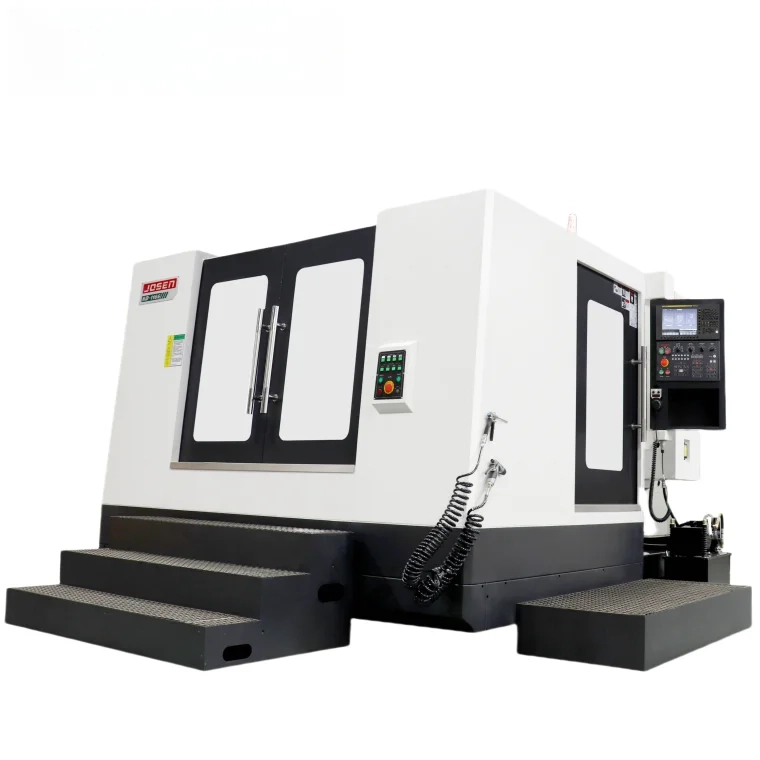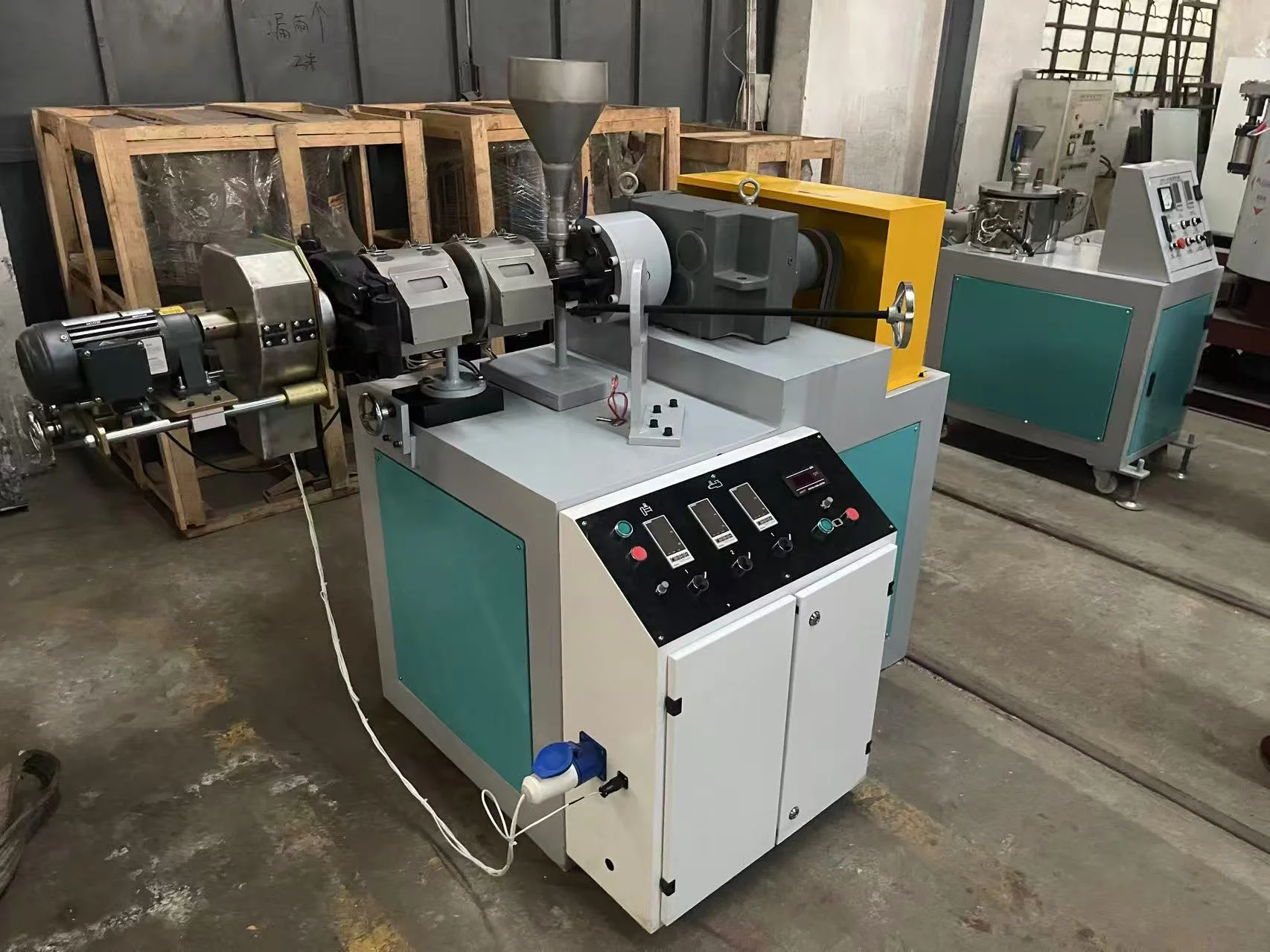When it comes to furnishing your home or office, the quality of the furniture you choose can significantly impact both aesthetics and functionality. High-quality furniture not only enhances the visual appeal of a space but also ensures durability and comfort over time. However, discerning good quality furniture from inferior options can be challenging, especially with the myriad of choices available in today’s market. This article delves into the key indicators that can help you determine if furniture is of good quality, providing you with the knowledge to make informed purchasing decisions.
- Material Matters: Understanding the Composition
The first step in assessing furniture quality is to examine the materials used in its construction. High-quality furniture is typically made from solid wood, metal, or high-grade upholstery fabrics. Here’s a breakdown of what to look for:
- Solid Wood vs. Particle Board: Solid wood, such as oak, maple, or cherry, is a hallmark of quality furniture. It is durable, can be refinished, and ages beautifully. In contrast, particle board or MDF (medium-density fiberboard) is often used in lower-quality furniture and is prone to warping and damage over time.
- Upholstery Fabrics: When it comes to upholstered furniture, look for high-quality fabrics like leather, cotton, or linen. Check the thread count and weave; a higher thread count usually indicates better durability. Additionally, consider the fabric’s resistance to stains and wear.
- Construction Techniques: The Backbone of Durability
The way furniture is constructed plays a crucial role in its longevity. Here are some construction techniques that signify quality:
- Joinery: Quality furniture often employs traditional joinery methods such as dovetail joints, mortise and tenon joints, or dowel joints. These techniques provide strength and stability, as opposed to staples or glue, which are common in lower-end products.
- Frame Construction: For upholstered furniture, a sturdy frame is essential. Look for frames made from solid wood or metal, as they provide better support. Additionally, check for corner blocks that reinforce the joints, enhancing the overall stability of the piece.
- Finishing Touches: The Importance of Detailing
The finish of the furniture can also indicate its quality. A well-finished piece will have a smooth surface, with no rough edges or splinters. Here are some aspects to consider:
- Stain and Paint Quality: High-quality furniture will have a consistent and even stain or paint application. Look for finishes that are resistant to chipping and fading. A good finish not only enhances the appearance but also protects the wood from moisture and wear.
- Hardware: Examine the hardware used in the furniture, such as hinges, knobs, and drawer slides. High-quality pieces will often feature solid metal hardware rather than plastic, which can break easily. Soft-close mechanisms in drawers and cabinets are also a sign of quality craftsmanship.
- Comfort and Functionality: The User Experience
While aesthetics are important, comfort and functionality should not be overlooked. Here are some factors to consider:
- Cushioning: For upholstered furniture, the quality of the cushioning material is crucial. High-density foam or down-filled cushions provide better support and comfort compared to lower-density alternatives. Test the cushions by sitting on them; they should feel supportive yet comfortable.
- Ergonomics: Consider the ergonomics of the furniture, especially for chairs and desks. Quality furniture is designed with the user’s comfort in mind, promoting good posture and reducing strain during use.
- Brand Reputation and Warranty: Trustworthy Indicators
Finally, the reputation of the brand and the warranty offered can serve as indicators of furniture quality. Established brands often have a history of producing durable and well-crafted pieces. Additionally, a robust warranty can provide peace of mind, indicating that the manufacturer stands behind their product.
Conclusion: Making Informed Choices
In conclusion, identifying high-quality furniture involves a multifaceted approach that considers materials, construction techniques, finishing details, comfort, and brand reputation. By paying attention to these factors, you can make informed choices that not only enhance your living or working space but also provide lasting value. Investing in quality furniture is not just about aesthetics; it’s about creating an environment that reflects your style while ensuring durability and comfort for years to come. So, the next time you shop for furniture, remember these key indicators to help you distinguish the good from the mediocre.




More Stories
Smart Factory Planning and Lean Layout Synergy
Footwear Inspection: Ensuring Quality and Safety for Men's, Women's, and Children's Shoes
Single-Block Multi-Level Locomotive Factory Design